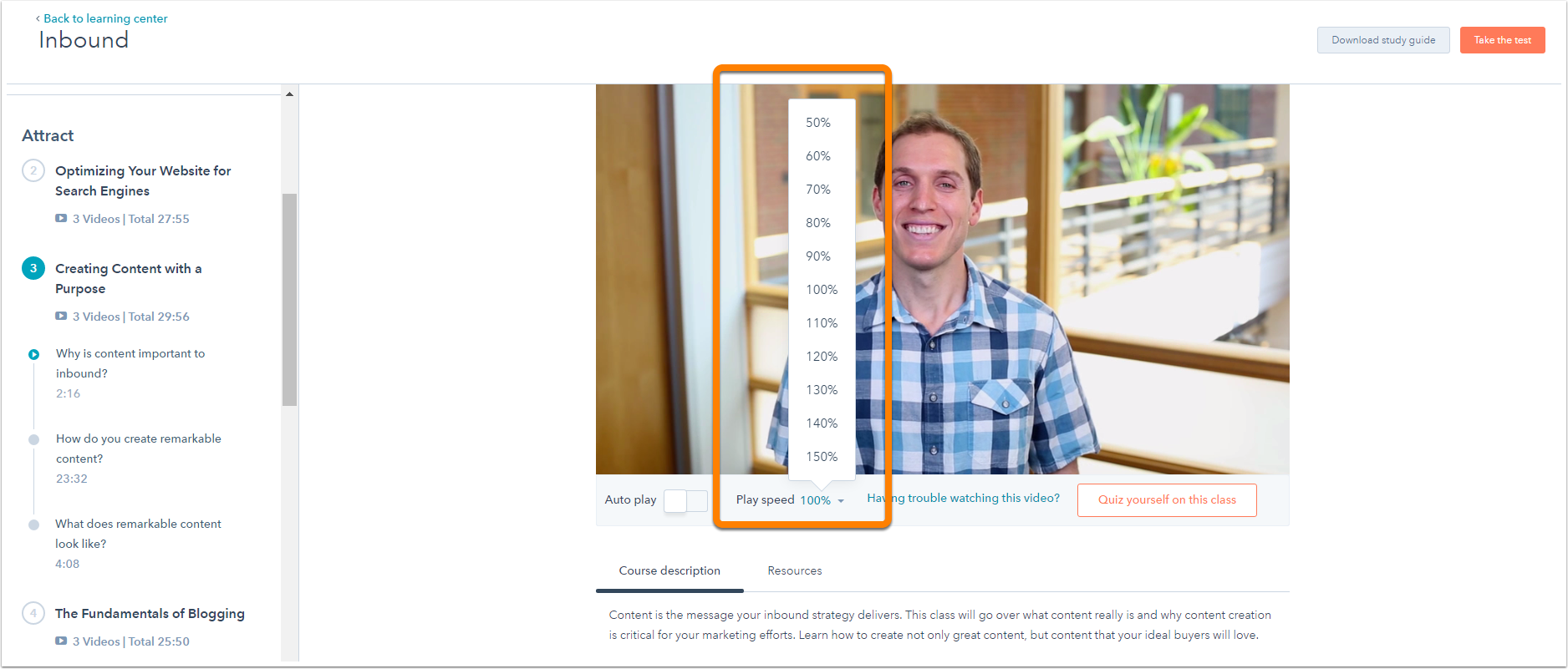 Fall is here and everyone is probably focused on lead generation or closing business after a fun summer. So, for this week’s Concept of the Week I want the focus to be on calls to action. Calls to action aren't necessarily just used to help generate leads, but rather help visitors understand what they should do next on your website.
Fall is here and everyone is probably focused on lead generation or closing business after a fun summer. So, for this week’s Concept of the Week I want the focus to be on calls to action. Calls to action aren't necessarily just used to help generate leads, but rather help visitors understand what they should do next on your website.

Website
At the basic level, calls to action on your website should help direct people to specific things you want them to take action on. But, you need to be more strategic than that. Your homepage should have at least three or more calls to action that will target different personas or types of visitors.
Your product/service pages, about us page and contact us page all need to include calls to action or the visitor will be deciding on their own what to do next. You need to help them decide what to do next. In fact, every page on your site should help visitors understand what they should do next; therefore include at least one call to action on every page.
Blog
Your blog is probably all about educating visitors and providing unique value to them. That’s exactly what it should be! However, each article has to include a call to action, but they don’t need to help you generate leads directly.
At the end of every blog article there needs to be some sort of call to action that will encourage people to either:
- Download some content
- Follow the business on social media
- Leave a comment
- Subscribe to the blog
- Join your newsletter or blog digest email
You should also include at least one on the side of your blog that will appeal to a very wide audience.
Email Marketing
Every email you send has to include a call to action. In fact, the subject line should be a call to action that is consistent with the actual email message and call to action in the email. There should be a link in the first one to two sentences of the email, at least one link in the middle and one link at the end. All of these links could go to the exact same page. This way if the recipients take action on any link, they have essentially clicked on the call to action.
Paid Search
Paid search is sometimes overlooked when it comes to calls to action and it just can’t be, period. Why? Because you’re getting charged when someone takes action on the paid ad and you better be sure to try as hard as possible to get something from that, right?
Every paid search ad should include a call to action that is consistent with the landing page the visitor will go to after they click on the paid ad. Doing this will allow you to set goals, measure and adjust the ad and its call to action.
Download the Call to Action Guide: It will make sure your calls to action are following our recommended best practices.
You should also use HubSpot’s Call to Action app to measure, track and test your website's and blog's calls to action.
Image credit: Micky









